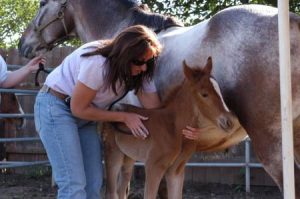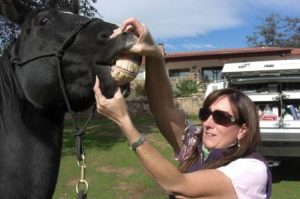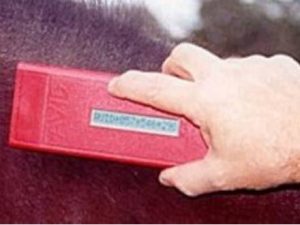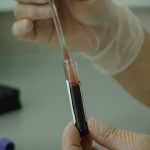
PULMONARY HEMORRHAGE
Exercise-induced pulmonary hemorrhage (EIPH) is a respiratory condition characterized by bleeding into the lungs or out of the nose during exercise. The condition most commonly affects horses involved in sports that require explosive bouts of exercise (e.g., racehorses, polo ponies, eventers), and it can negatively impact performance.
Here’s why the bleeding happens: A horse’s lungs are filled with thousands of balloon like pockets called alveoli. Tiny tubes within the lungs, called bronchioles, channel inhaled air into these alveoli, which, in a healthy lung-manage gas exchange into the bloodstream like a delivery and pickup service. They delivers the new gas-oxygen-and pick up the used gas-carbon dioxide-and send that out of the horse via the tube network leading to the upper respiratory system. The alveoli walls contain tiny capillaries made of very fragile, thin tissue. In some horses, when there’s too much blood pressure in these tubes, they burst. This causes a breakdown in the air exchange system as well as hemorrhaging within the lower respiratory system, which leads to poor performance.
The air passages are ill-equipped to deal with liquids, let alone blood. Most horses can cope with a moderate amount of bleeding, but if the horse bleeds severely, the blood rises into the tube network and potentially creates the sensation of drowning.

















